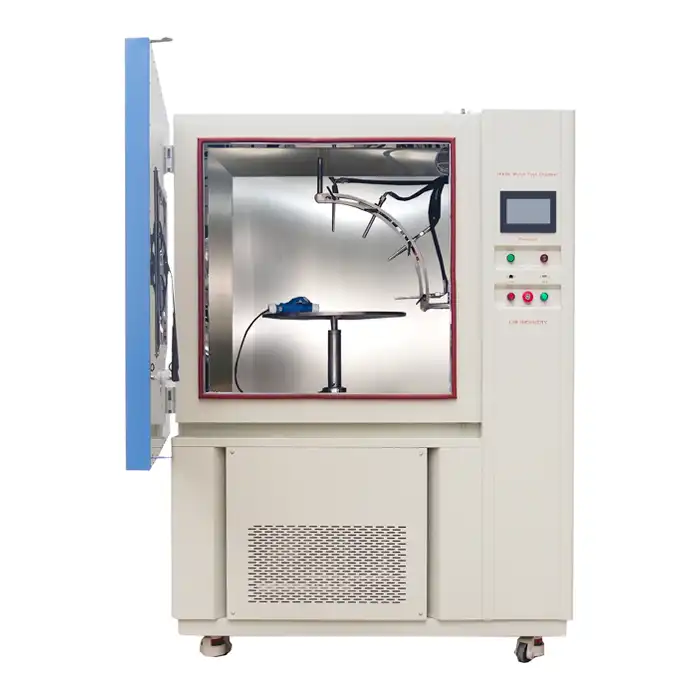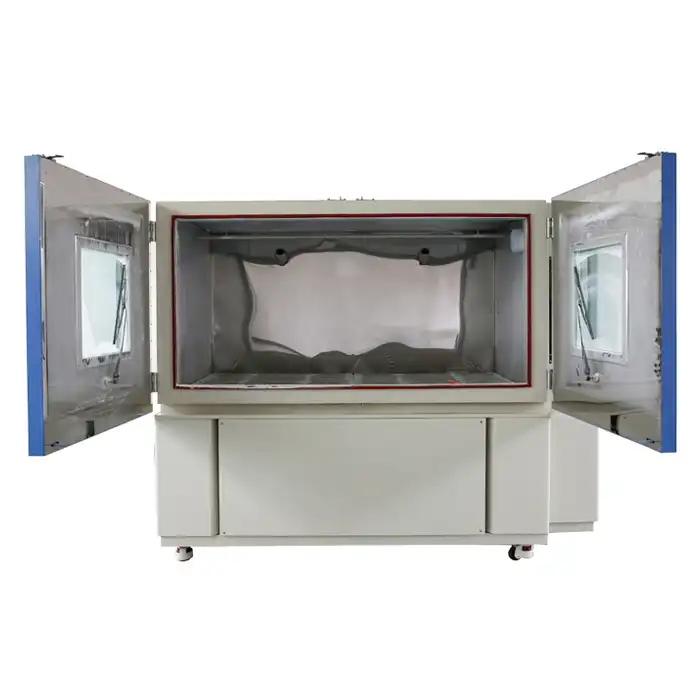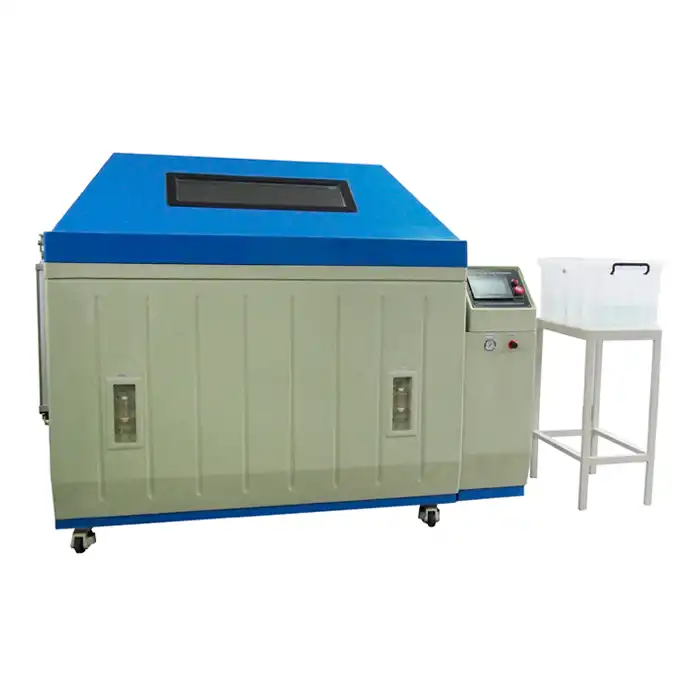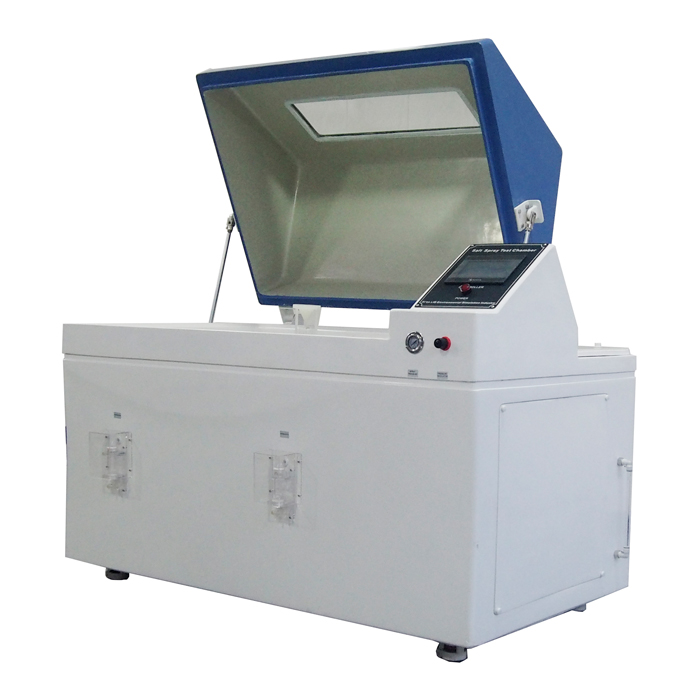What is the purpose of a dust test?
Introduction
Dust tests play a crucial role in various industries, ensuring the durability and reliability of products exposed to dusty environments. These tests are designed to simulate real-world conditions where dust particles might penetrate and damage components, affecting their performance and longevity. A dust IP (Ingress Protection) test chamber is a specialized piece of equipment used for this purpose, providing controlled environments to evaluate the resistance of products to dust ingress. This blog will explore the importance of dust tests, the functioning of dust IP test chamber, and the significance of these tests across different industries.
How Does a Dust IP Test Chamber Work?
What is a Dust IP Test Chamber?
It is a specialized apparatus used to assess the resistance of products to dust ingress. It simulates dusty conditions to evaluate how well an item can resist dust penetration. The "IP" in Dust IP test stands for "Ingress Protection," which is a standardized rating that indicates the degree of protection against dust and water intrusion. This rating is part of the international standard IEC 60529, which defines the levels of sealing effectiveness provided by enclosures of electrical equipment against foreign bodies like dust and moisture.
Operation of a Dust IP Test Chamber
It works by creating a controlled environment where products can be subjected to various types and concentrations of dust. The chamber typically features a system that circulates dust particles within a confined space, ensuring uniform distribution and consistent exposure to the test specimen. The main components of the product include:
1. Dust Circulation System: This system ensures that dust is evenly distributed throughout the chamber. It may include fans, blowers, or other mechanical devices to keep the dust particles in motion.
2. Test Specimen Holder: This is where the product being tested is placed. The holder is designed to expose the specimen to dust from all directions.
3. Control Panel: This allows operators to set parameters such as dust concentration, temperature, and duration of the test.
4. Dust Collection System: After the test, the dust needs to be collected and filtered out of the chamber. This system ensures that the chamber is ready for the next test cycle without contamination.
Testing Procedures
The testing procedures in a Dust IP test chamber can vary depending on the product and the specific requirements of the test. Generally, the procedures include:
1. Preparation: The product is cleaned and prepared for testing. Any openings, seals, or protective measures are noted.
2. Placement: The product is placed in the test specimen holder within the chamber.
3. Setting Parameters: The operator sets the desired test parameters using the control panel. This includes the type of dust, concentration, temperature, and duration.
4. Running the Test: The chamber circulates the dust according to the set parameters. The product is exposed to these conditions for the specified duration.
5. Evaluation: After the test, the product is inspected for any signs of dust ingress. This might involve visual inspection, functional testing, or more detailed analysis depending on the product and test requirements.
Why are Dust Tests Important for Electronic Devices?
Protection of Sensitive Components
Electronic devices often contain sensitive components that can be adversely affected by dust. Dust particles can cause short circuits, disrupt connections, and interfere with the operation of moving parts. Dust tests ensure that these components are adequately protected, thereby enhancing the reliability and lifespan of the devices.
Ensuring Longevity and Durability
Dust tests help dust ip test chamber manufacturers ensure that their products can withstand real-world conditions. By simulating dusty environments, manufacturers can identify potential weaknesses in their designs and materials. This proactive approach helps in developing more robust and durable products, which can withstand harsh conditions without compromising on performance.
Compliance with Industry Standards
Many industries have strict standards and regulations regarding the protection of electronic devices from dust ingress. Compliance with these standards is often mandatory for the sale and distribution of products. Dust tests conducted in accordance with recognized standards, such as the IEC 60529, provide the necessary documentation and assurance that a product meets these requirements.
Customer Satisfaction and Brand Reputation
Reliable products lead to satisfied customers. When electronic devices function flawlessly even in dusty conditions, it enhances the user experience and builds trust in the brand. This, in turn, boosts brand reputation and can lead to increased market share and customer loyalty.
Real-world Applications and Case Studies
1. Consumer Electronics: Smartphones, laptops, and cameras are examples of consumer electronics that undergo rigorous dust testing. These devices are often used in various environments, from sandy beaches to dusty construction sites. Dust tests ensure that they can handle such conditions without malfunctioning.
2. Automotive Industry: Vehicles are exposed to a wide range of environmental conditions, including dust. Dust tests are critical for ensuring that electrical components in vehicles, such as sensors and control units, remain functional over the lifespan of the vehicle.
3. Industrial Equipment: Industrial machinery and equipment operate in environments where dust is a constant presence. Dust tests help in ensuring that these machines continue to operate efficiently and safely, reducing downtime and maintenance costs.
What Are the Benefits of Using a Dust IP Test Chamber?
Enhanced Product Reliability
Using the product allows dust ip test chamber factory to rigorously test its products for dust resistance, leading to enhanced product reliability. By identifying potential issues early in the development process, manufacturers can make necessary design changes to improve the durability and performance of their products.
Cost Savings
Identifying and addressing potential issues during the testing phase can lead to significant cost savings. Preventing product failures in the field reduces warranty claims, returns, and repair costs. Additionally, improving product durability can lead to longer product lifespans, providing better value to customers and reducing the need for frequent replacements.
Competitive Advantage
Products that are tested and certified for dust resistance can have a competitive advantage in the market. Customers are more likely to choose products that are proven to withstand harsh environments, leading to increased sales and market share.
Compliance with Regulations
Many industries require products to meet specific dust resistance standards. Using the product ensures that products comply with these regulations, facilitating their entry into various markets. Compliance with industry standards also builds trust with customers and regulatory bodies.
Improved Customer Satisfaction
Products that perform reliably in dusty conditions lead to improved customer satisfaction. Customers appreciate products that can withstand real-world conditions without compromising on performance. Satisfied customers are more likely to recommend the product to others, leading to increased brand loyalty and positive word-of-mouth.
Case Studies and Examples
1. Smartphones: Manufacturers of smartphones use the product to ensure their devices can withstand exposure to dust without affecting their performance. This testing is crucial for devices that are marketed as rugged or outdoor-friendly.
2. Automotive Sensors: Automotive manufacturers test sensors and control units in the product to ensure they function correctly in dusty environments. This testing is essential for the safety and reliability of modern vehicles.
3. Medical Devices: Medical devices used in various environments, including outdoors or in dusty conditions, undergo dust testing to ensure they remain sterile and functional. This testing is critical for devices that need to operate reliably in different settings.
Future Trends and Developments
The development of more advanced the products with enhanced capabilities is a growing trend. These advancements include better dust circulation systems, improved control over testing parameters, and the ability to simulate a wider range of real-world conditions. As technology evolves, the products will continue to play a crucial role in ensuring the reliability and durability of products across various industries.
Conclusion
Dust tests are essential for ensuring the durability and reliability of products exposed to dusty environments. Dust IP test chamber provides a controlled environment to evaluate the resistance of products to dust ingress, helping manufacturers improve their designs and meet industry standards. By understanding the importance of dust tests, how the products work, the common types of dust used in testing, and the benefits of using these chambers, manufacturers can enhance the reliability and performance of their products. This leads to cost savings, competitive advantage, compliance with regulations, and improved customer satisfaction.
For more information about dust testing, please contact us at 8888.
References
1. "IEC 60529: Degrees of Protection Provided by Enclosures (IP Code)." International Electrotechnical Commission. Available at: IEC 60529
2. "Dust Testing Overview." National Technical Systems. Available at: NTS Dust Testing
3. "IP Code (Ingress Protection) Explained." Testo Industrial Services. Available at: Testo IP Code Explanation
4. "Understanding Dust Test Standards and Procedures." Element Materials Technology. Available at: Element Dust Test Standards
5. "Automotive Dust Testing: Ensuring Reliability in Harsh Environments." Intertek. Available at: Intertek Automotive Dust Testing
6. "How Dust Testing Improves Product Reliability." National Instruments. Available at: NI Dust Testing
7. "Environmental Testing for Electronics: Dust and Sand Testing." Environ Laboratories. Available at: Environ Dust Testing
8. "The Importance of Dust Testing for Consumer Electronics." CNET. Available at: CNET Dust Testing
9. "Dust and Waterproof Testing for Electronics." TechInsights. Available at: TechInsights Dust Testing
10. "Improving Automotive Electronics Reliability Through Dust Testing." Automotive Testing Technology International. Available at: Automotive Testing Dust



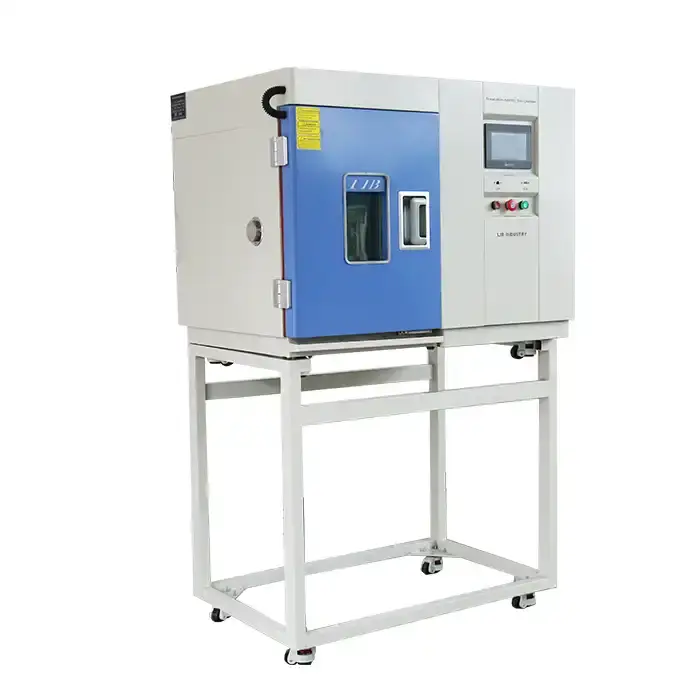
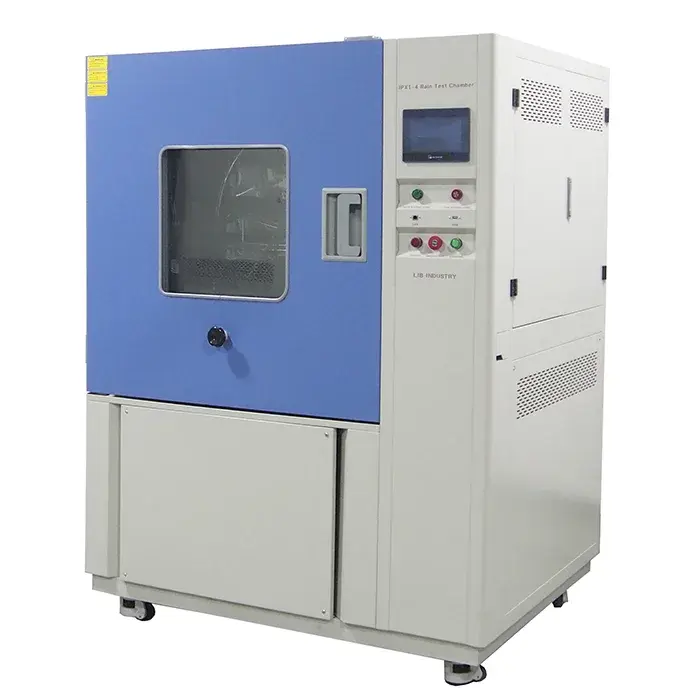
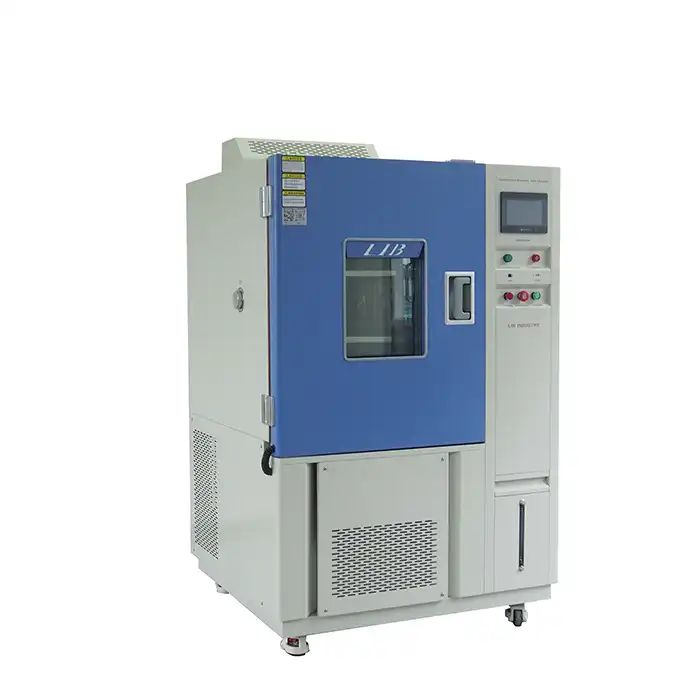
.webp)
